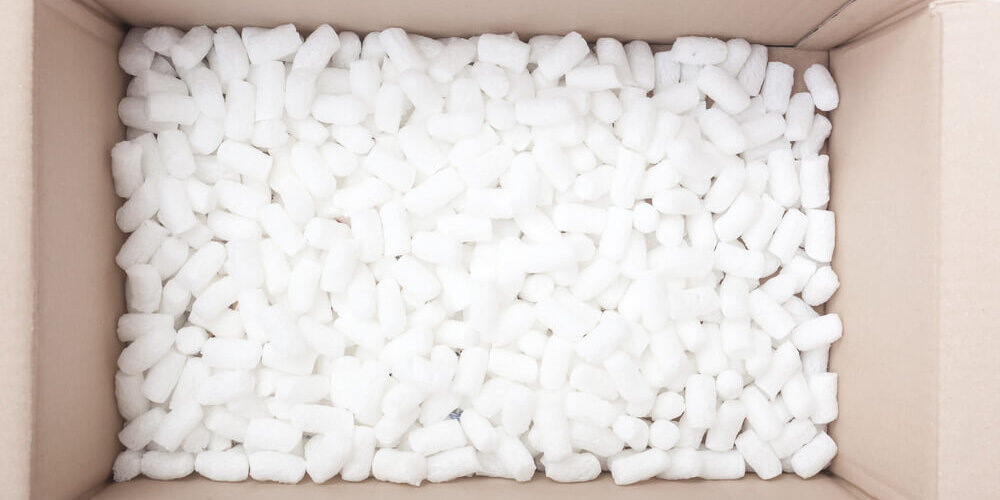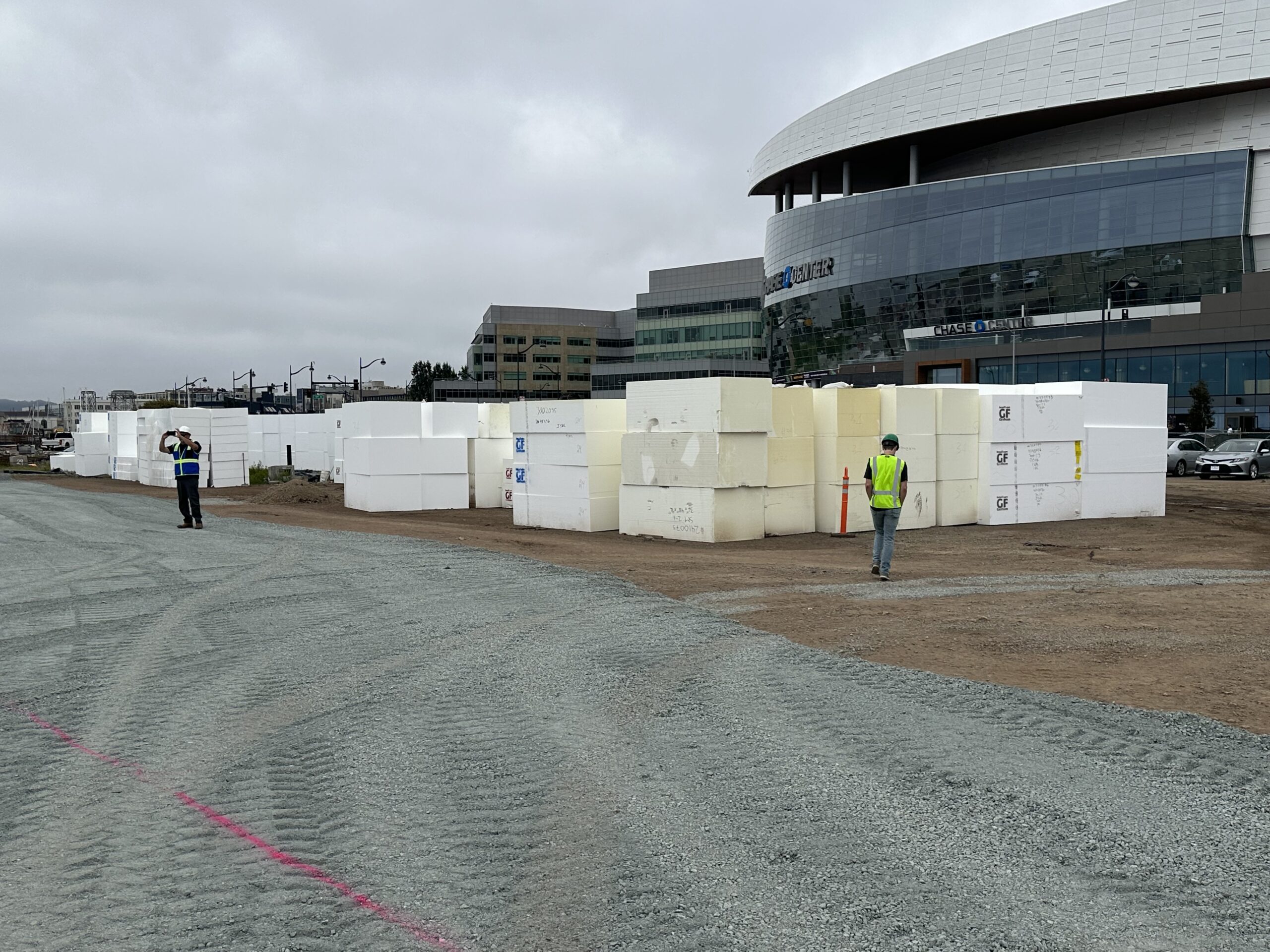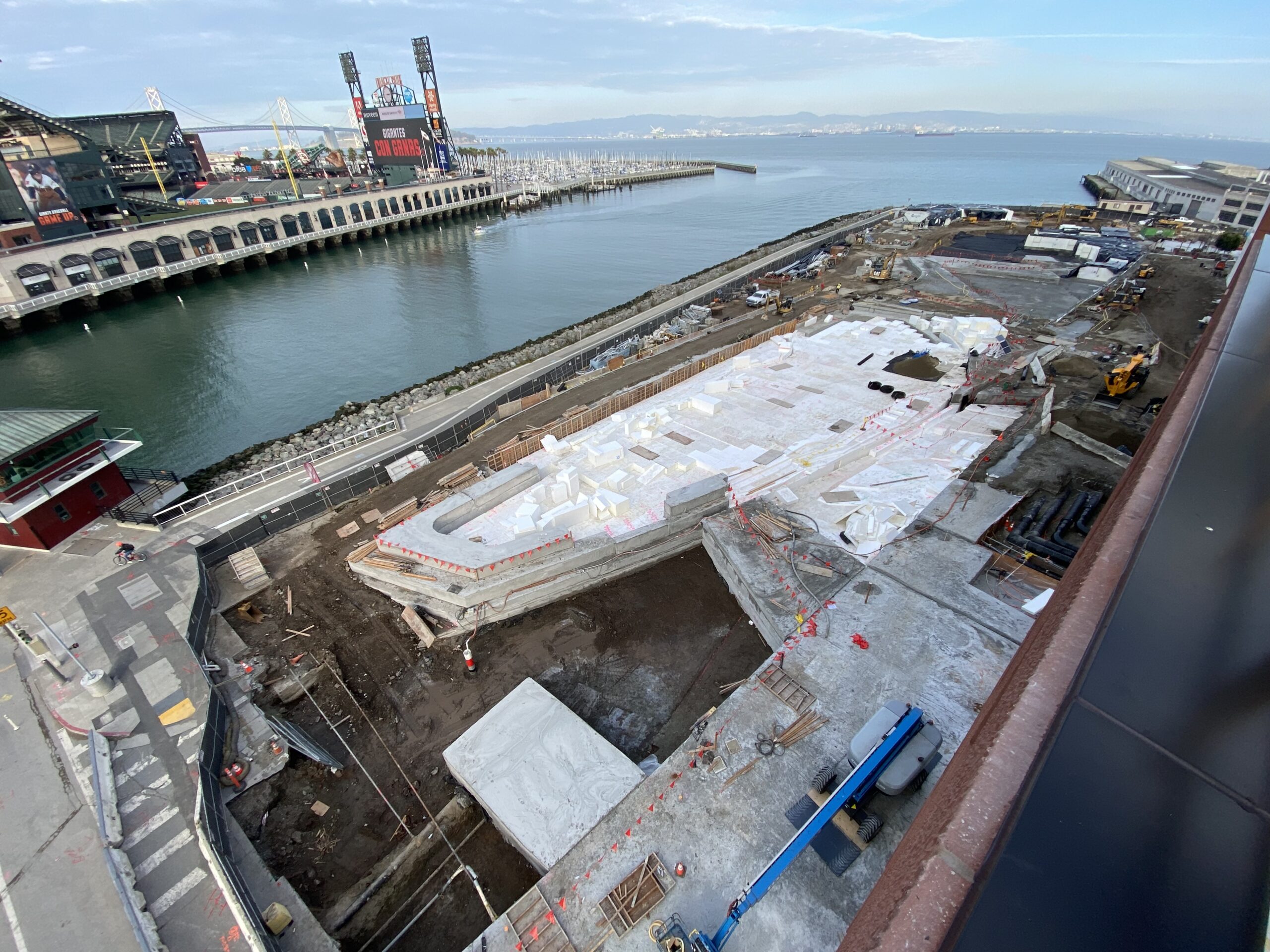As we continue to move towards a more green-friendly world, single-use Styrofoam has become more and more of an enemy. When it comes to construction, however, foam polystyrene (aka Styrofoam) material is becoming increasingly popular, especially EPS geofoam blocks that are 100% recyclable.
This type of material is ideal for long-term use because of its properties that allow for the creation of sturdy foundations, thermodynamic insulation, flexibility, durability and support. EPS geofoam is a type of Styrofoam that can create and expand various structures while indirectly reducing the need for resources and carbon emissions. Here are 5 major ways EPS Styrofoam is helping shape the world.
1: Styrofoam for Packaging Purposes
When it comes to packaging products, Styrofoam actually may have a lower carbon footprint compared to other packaging materials. Its overall impact can be assessed based on energy demand, global warming and water consumption. Foam offers high utility and flexibility when it comes to shipping and handling, and its lighter weight makes it easier to produce and move packages and products from point A to point B. As a result, less energy is needed to manufacture, transport and fuel products that are packed with Styrofoam.
Another way Styrofoam is actually green-conscious is that it can be made from plastic waste. In a sense, it is made of 100% recycled materials.
2: Styrofoam as an Energy-Efficient Insulator
As the green construction trend continues to gain more and more momentum, geofoam fill material is progressively being used to insulate buildings. This is due to its favorable thermodynamic properties that allow it to keep desired temperatures inside and undesired temperatures out. The key to controlling the temperature in certain environments and structures lies within geofoam’s physical properties. It is made of uniform, closed cellular structures of expanded polystyrene beads, which makes geofoam highly resistant to heat flow. By helping buildings maintain their ideal temperatures, Styrofoam insulation can have a positive impact on reducing energy usage, thus making it an eco-friendly option for building construction. Additionally, it is used to insulate road pavements and prevent them from freezing over. This is highly appealing as it keeps roads safer.
3: EPS Geofoam is Expanding the Roadways
EPS geofoam is helping shape the world’s roadways by making roadway expansion possible and providing much needed support in road embankments and bridge abutments. Traditionally, soil and rocks have been used to create and expand roads and support bridges. These traditional fill materials, however, often require a lot of labor and resources to put into place. Enter EPS geofoam foam blocks. These Styrofoam blocks can be custom shaped and easily lifted and placed alongside road embankments or laid out to build new pavements. They are highly compressive and highly resistant to water absorption—two factors of major concern when it comes to road construction. Styrofoam’s ability to resist water damage and hold up to repeated pressure and compression from continual traffic, allow it to stand the test of time. Its endurance reduces the need for continual maintenance and road repairs, making it ideal for road construction purposes.
4: Styrofoam is Boosting the World of Entertainment
Some of the largest arenas and stadiums in the world use Styrofoam blocks as their base. EPS foam blocks are frequently used to build stadium seating. They offer ideal benefits during the construction and expansion of this specific type of space because the blocks are easy to move, mold and shape to specific structures. Furthermore, geofoam helps to absorb impact, both from the noise and physical compression of stadium guests. This can help increase the longevity of the actual stadium’s infrastructure.
5: Geofoam Creates Landscapes and Stabilizes Slopes
Over time, a lot of the natural structures on earth will eventually lose to the effects of Mother Nature. This means slopes, hills, mountains, and the structures that top them, such as houses, building and roads, will lose integrity and begin to collapse.
Geofoam blocks are helping to slow down the gradual disintegration of slopes by replacing soil and other natural elements that have withered over time. Its ability to resist moisture and the negative impact of harsh climates allows it to be a strong support material to reinforce structures such as slopes and the sides of hills and mountains. To add, geofoam is being used to create various landscapes by acting as the foundation and base of many different gardens and pools. Its lightweight, high-compression rate, thermodynamic properties, and flexible shape, makes it the ideal material for creating different landscape structures.
While there is a lot of chatter about the negative impacts of Styrofoam, the positive impacts of Styrofoam in a context where it is used for long-term purposes is worthy of talking about. The EPS geofoam block applications that are increasingly being used today are helping to provide an eco-friendly option to creating the world’s landscapes, buildings, roads and arenas. Styrofoam that is used to package and construct essentially has a lower overall carbon emissions impact than other materials, and it helps to create structures that have higher endurance and longer lifespans.
If you’re looking to use EPS geofoam for your next project, check out all the ways Geofoam International can help.








